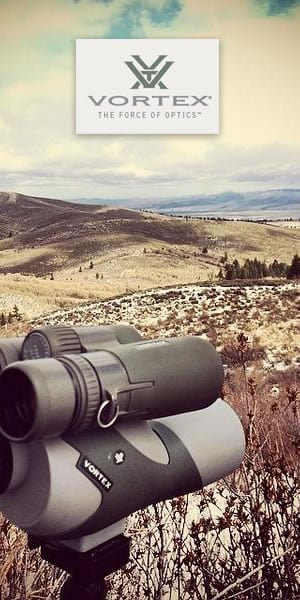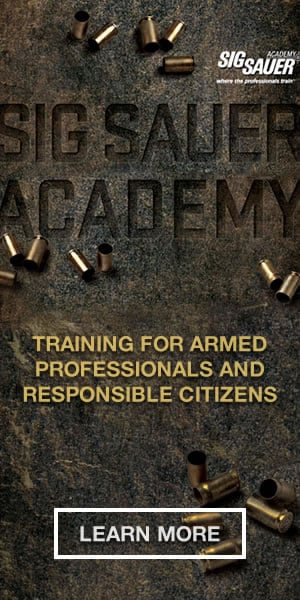If some of you who are newer to the firearms field are not familiar with the late great Colonel Jeff Cooper, I would highly recommend obtaining some of his books, many of which are still in print, while others can be found in their original form from sources like Ebay or Etsy.
Colonel Cooper is the founder of what was known as the "Modern Technique" of pistol shooting in the late 1950's and early 1960's (it is still totally viable today). Cooper was the founder of the Gunsite Shooting Academy in Arizona in 1976, and ran it until he sold it in 1992. Gunsite was and still is, a legendary shooting school. But under Colonel Cooper, a trip to a training course at Gunsite was seen as a pilgrimage that every handgunner hoped to make sometime in their lives. Sadly I never found time to go when the Colonel was still alive.
Colonel Cooper was THE major advocate of the Colt 1911 .45 caliber semi-automatic pistol as the finest defensive handgun on the planet-which was made all the more so by the use of the "Weaver" stance and two hand shooting position used in the Modern Technique. So it was obvious that when the U.S. Army adopted the 9mm Double Action/Single Action Beretta 92 to replace the military 1911 .45 in 1985 that the outspoken Colonel Cooper would blow a gasket. However, I thought at the time it would only be over the choice of the 9mm cartridge as the choice of chambering over the .45. I was only half right.
Colonel Cooper famously called the Double Action/Single Action (DA/SA) operating system "an ingenious solution to a non-existent problem". Many of us bought into his philosophy in 1985 because, unlike today where we are awash in firearms "gurus" and authorities, Colonel Cooper was it back then! But was he right? In the end, I respectively have to say "no".
The DA/SA trigger system has been around for a very long time, making its first successful appearance in the Walther PP .32 ACP compact pistol in 1928, which in .380 ACP caliber (ACP stands for Automatic Colt Pistol) is still in production today as the smaller PPK and PPK/s. Up until the PP's introduction, semi-automatic pistols could be carried for use in basically one of three different ways: with a loaded magazine and empty chamber and the hammer or firing pin down and safety off (military carry style), with a loaded magazine and round in the chamber and the hammer down and safety off, or with a round in the chamber and the safety on. With any of these methods, extra manipulations were needed to fire a first shot in self-defense. The double action revolver, on the other hand, simply required the trigger be pulled since the "double action" of the trigger pull meant that it cocked and released the hammer. The single action trigger of a single action revolver or semi-automatic pistol only releases the hammer and doesn't cock the mechanism.
Walther wanted to improve on that situation by making a semi-automatic pistol that could be kept fully loaded (round in chamber and full magazine) with the safety off and fired simply by pulling the trigger. The DA/SA system is what they came up with.
Simply put, the first shot fired from a fully loaded DA/SA comes from a long, revolver like, double action trigger pull, where as described, the trigger cocks the hammer and releases it. Or, on one can manually cock the hammer first for a single action shot, again wherein the trigger only releases the hammer, making any single action trigger pull much lighter than a double action one because it does less mechanical work. We are talking a difference of 5-6 lbs. of pressure needed for a single action pull vs. 10-12 lbs. for the double action one.
Once the first shot is fired from a DA/SA pistol, the action of the slide mechanism automatically cocks the hammer for each subsequent shot for the much lighter single action pull. Colonel Cooper (and other authorities of the day) mainly had a complaint with the trigger system of DA/SA pistols. They felt that the transition from a double action pull to a single action one inhibited accuracy. This is where I disagree with him and the others, since I have found that with a bit of practice with a pistol being used for defense and not precision target work, that the system is actually quite easily managed, and accuracy is very good as well.
During actual use, one may need to stop firing before the magazine of a given pistol is empty. Modern DA/SA guns have mechanisms built in to return the hammer to the double action (un-cocked) firing position without a "bang" accidentally resulting. There are three basic types of systems.
The first type, as typified by Walther and Beretta (and by older 1st, 2nd, 3rd Generation Smith and Wesson combat pistols), is a safety/decocking mechanism. When the hammer is cocked back for single action fire, the slide mounted lever is rotated down. This drops the hammer on a blocking mechanism safely, preventing it from firing the round in the chamber. The lever stays in the down position and acts as a safety. In this position the gun can't be fired. With this system, when chambering the first round, the safety/decocker can be left in the on position, thus making it nearly impossible to have an accidental discharge during the process as the hammer rides the slide down to the frame. The handgun can be carried with the safety on or off. I recommend carrying it off.
The second type, as typified by SIG Sauer, is the decock-only system. On the SIG pistol, it is frame mounted (the new SIG P320 is striker fired and does not use this system). If the hammer is cocked in the single action position, pushing down on the lever safely decocks the pistol on a live round, but springs back into the ready position. It does not act as a safety. After manually chambering a first round to make the pistol ready, the SIG decocker must be activated to move the pistol from the single action mode to the double action mode.
The third type of system, typified by certain HK's and Taurus pistols, uses a combination decocker and manual safety that allows carrying the handgun either in the DA/SA mode, or cocked and locked with a manual safety on in a single action mode like a 1911. In my opinion, if you want to carry a single action pistol, get a dedicated single action pistol like a 1911-not a hybrid like these.
I am still a fan of the DA/SA pistol, and carry a Beretta M9A1 9mm pistol on duty-and sometimes a Walther PPKs off-duty. I like the long first pull. It helps to eliminate the chance of less than desired or anticipated first shots in high stress situations, unlike pistols with lighter, striker fired trigger pulls.
Even though the DA/SA Beretta is being phased out as the U.S. Military's primary service pistol after 32 years of reliable service, the DA/SA system, which is now 89 years old, has a lot of useful life left in it, and some good tactical advantages. When looking for a new defensive handgun, don't count the DA/SA out. There are still a lot of models to choose from.


